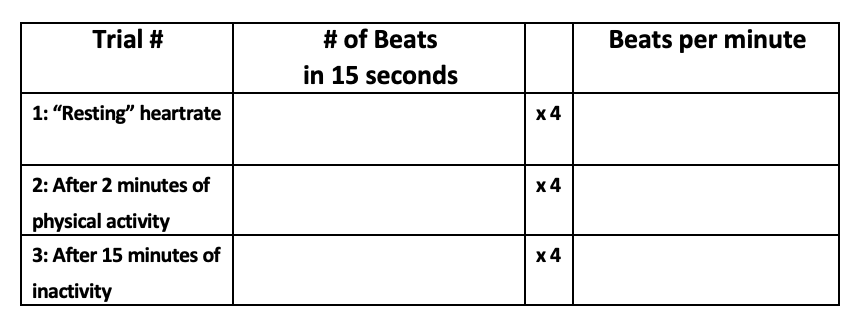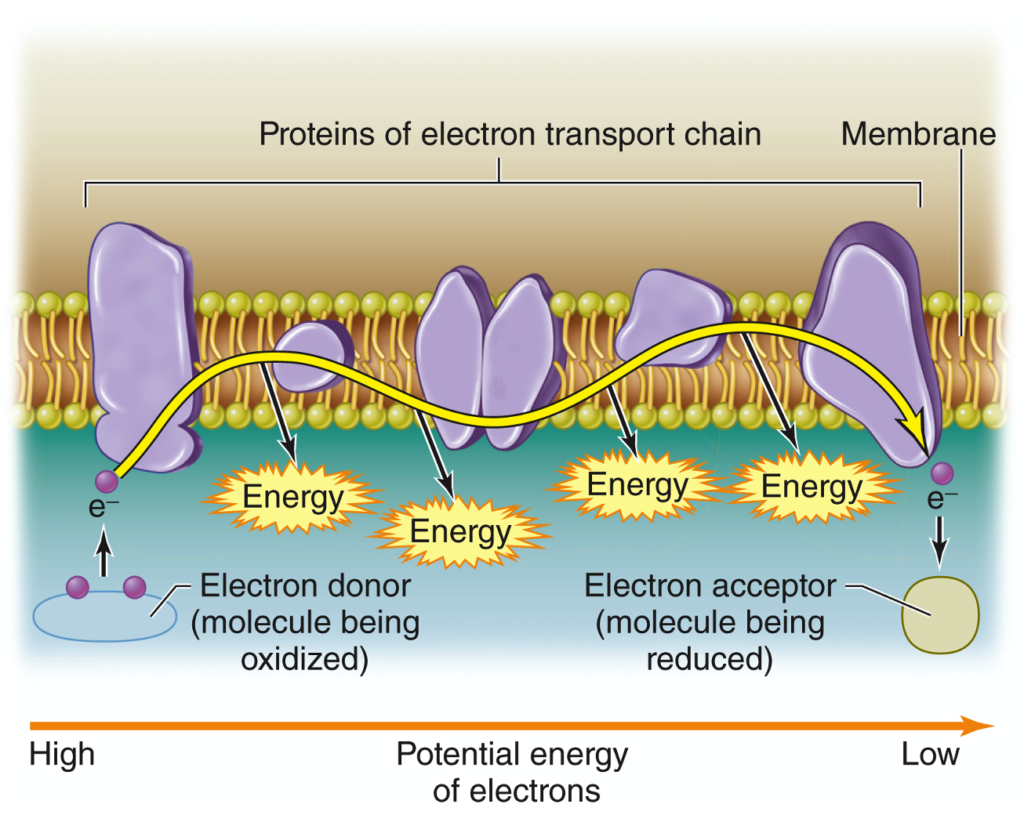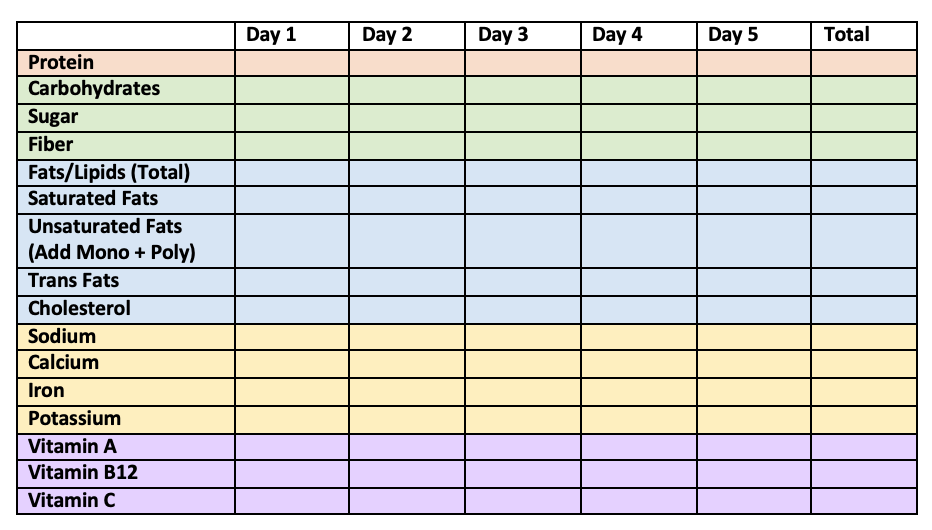Heart Rate
Determine your resting heart rate
Following the instructions below, you will take your heart rate three times: once before performing physical activity, once after 2 minutes of physical activity, and then again after a resting period of 15 minutes.
- Find your pulse by pressing gently on your carotid artery (on one side of your neck, under your chin). Alternately, you could find the pulse on the underside of your wrist.
- Keeping time with a stop watch, count the number of pulses for 15 seconds.
- Record this number in the chart on your worksheet.
- Multiply that number by 4 to determine the number of times your heart beat in one minute.

1. How is breathing related to cellular respiration?
2. Hypothesize: How will exercise affect the rate of cellular respiration?
Heart Rate after Physical Exertion
- When prompted by your lab instructor, perform jumping jacks (or similar activity) for 2 minutes
- Once again, using the protocol described above, count the number of pulses for 15 seconds
- Record your data in the worksheet chart.
Calculating Your Target Zone
Use the resting heartrate you measured earlier today to complete the following calculation:
- Subtract your age from 220 to get your maximum heart rate.
- Calculate your heart rate reserve (HRR) by subtracting your resting heart rate from your maximum heart rate.
- Multiply your HRR by 0.7 (70 percent). Add your resting heart rate to this number.
- Multiply your HRR by 0.85 (85 percent). Add your resting heart rate to this number.
- These two numbers are your training zone heart rate for vigorous intensity exercise. Your heart rate during exercise should be between these two numbers.
- Calculate your 70 – 85% target zone:
- How does this compare to the active heart rate you measured after exercising?
Heart Rate Recovery
- When prompted by your lab instructor (after a rest period of 15 minutes), once again record the number of pulses you feel for 15 seconds.
- Using the data from all three measurement periods, create a graph that shows the change in your heart rate over time.
- How does your final heart rate measurement compare to the measurement you took right after exercising?
- How does your final measurement compare to the first measurement you took? If they are different, speculate about why that might be.
Photosynthesis Experiment
Complete the plant growth experiment here: https://nt7-mhe-complex-assets.mheducation.com/nt7-mhe-complex-assets/Upload-20190715/InspireScience6-8CA/LS12/index.html
Rather than using the data table on the website, please entire your data in the worksheet. Once you have completed the experiments, create a graph and answer the follow-up questions.

Introduction
Imagine that you work at the medical examiner’s office for a major metropolitan city such as Chicago. As Chief Medical Officer, you investigate suspicious deaths and provide toxicology services for the county. Unfortunately, it’s been a busy week. In the past five days, seven people have died, all with similar symptoms. It is your job to examine the data and determine the cause of death for these victims.
The first was a 12-year-old girl. Her parents said that she was awake in the middle of the night complaining of a stuffy nose and sore throat. They gave her an extra strength Tylenol and sent her back to bed. At 7 am the next morning, the parents discovered that the girl had collapsed on the bathroom floor. An ambulance rushed the girl to a nearby hospital, where she was pronounced dead.
That same day, paramedics found the second victim unconscious on his kitchen floor after what they thought was an apparent heart attack. Sadly, the victim’s brother and fiancée also collapsed later that night while the family gathered to mourn his passing. Both had taken Tylenol to help them cope with their loss shortly before collapsing; neither survived.
In the next four days, four other similar deaths were reported, all in the same neighborhood and all with similar symptoms. Most deaths were very rapid, occurring within a few hours of symptoms.
Are these seven deaths related? What is causing these people to die? It is your job to answer these questions before more deaths are reported.
Your instructor will introduce this activity, and give you additional information that you will need to solve this mystery in your breakout room.
Autopsy Results
- In all cases, immediate cause of death was hypoxia
- Tissue sections from heart, lung, liver and kidney all show massive cells death.
- There was major mitochondrial damage present within the affected tissues.
- Blood oxygen levels were ~110 mm Hg
- The normal range is 75 – 100 mm Hg
- The presence of cyanide was detected
Metabolite Analysis

Metabolites are the intermediate products of metabolic reactions catalyzed by various enzymes that naturally occur within cells. This term is usually used to describe small molecules, although broader application is often practiced.
- Glucose is a monosaccharide and is the primary metabolite for energy production in the body. Complex carbohydrates are ultimately broken down in the digestive system into glucose and other monosaccharides prior to absorption in the small intestine. The main biochemical reaction employing glucose as its substrate is glycolysis, which, used by all tissues for the breakdown of glucose, provides energy in the form of adenosine triphosphate (ATP) and produces intermediates for other metabolic pathways. In cells with mitochondria and an adequate supply of oxygen, pyruvate emerges as the end product of glycolysis, and is subsequently converted through oxidative decarboxylation into acetyl coenzyme A (acetyl-CoA), the major fuel for the citric acid cycle.
- Pyruvate sits at an intersection of key pathways of energy metabolism. It is the end product of glycolysis and the starting point for gluconeogenesis. It plays a central role in balancing the energy needs of various tissues in the body. Under conditions in which oxygen supply is limiting, e.g., in exercising muscle, or in the absence of mitochondria, re-oxidation of NADH produced by glycolysis cannot be coupled to generation of ATP.
- NAD (Nicotinamide adenine dinucleotide) is a cofactor central to metabolism. NAD exists in two forms: an oxidized and reduced form, abbreviated as NAD+ and NADH respectively. In metabolism, NAD is involved in redox reactions, carrying electrons from one reaction to another. The cofactor is, therefore, found in two forms in cells:
- NAD+ is an oxidizing agent – it accepts electrons from other molecules and becomes reduced.
- This reaction forms NADH (NAD plus Hydrogen), which can then be used as a reducing agent to donate electrons.
Electron Transport Chain

The electron transport chain is a series of four protein complexes that couple redox reactions, creating an electrochemical gradient that leads to the creation of ATP in a complete system named oxidative phosphorylation. It occurs in mitochondria in both cellular respiration and photosynthesis. In the former, the electrons come from breaking down organic molecules, and energy is released. In the latter, the electrons enter the chain after being excited by light, and the energy released is used to build carbohydrates.
Assessing Nutritional Data
Before you begin, you will need the worksheet you completed for homework, where you tracked the nutrients from your own diet, or from a sample meal plan.

The easiest way to analyze the nutritional data that you collected is by entering the values into a food tracker. We recommend Cronometer: https://cronometer.com/
Alternately, you can use the information at the web pages below to determine how closely the nutrition information you collected meets the daily recommendations:
- Dietary Reference Intakes (DRIs): Recommended Dietary Allowances and Adequate Intakes, Total Water and Macronutrients: https://www.ncbi.nlm.nih.gov/books/NBK56068/table/summarytables.t4/?report=objectonly
- Dietary Reference Intakes (DRIs): Recommended Dietary Allowances and Adequate Intakes, Vitamins: https://www.ncbi.nlm.nih.gov/books/NBK56068/table/summarytables.t2/?report=objectonly
- Dietary Reference Intakes (DRIs): Recommended Dietary Allowances and Adequate Intakes, Elements: https://www.ncbi.nlm.nih.gov/books/NBK545442/table/appJ_tab3/?report=objectonly
Calculating Basal Metabolic Rate
Using the information on the worksheet, practice calculating BMR – Basal Metabolic Rate. You may calculate this for yourself, or for either of the celebrities below. Your lab instructor will walk you through the calculations.
 | Henry Cavill |  | Taylor Swift |
| Age: 36 Height: 6’1” Weight: 198 lbs (256 lbs before shaving Kingstache) |  | Age: 31 Height: 5’10” Weight: 119 lbs (8 lbs in cat form) |  |